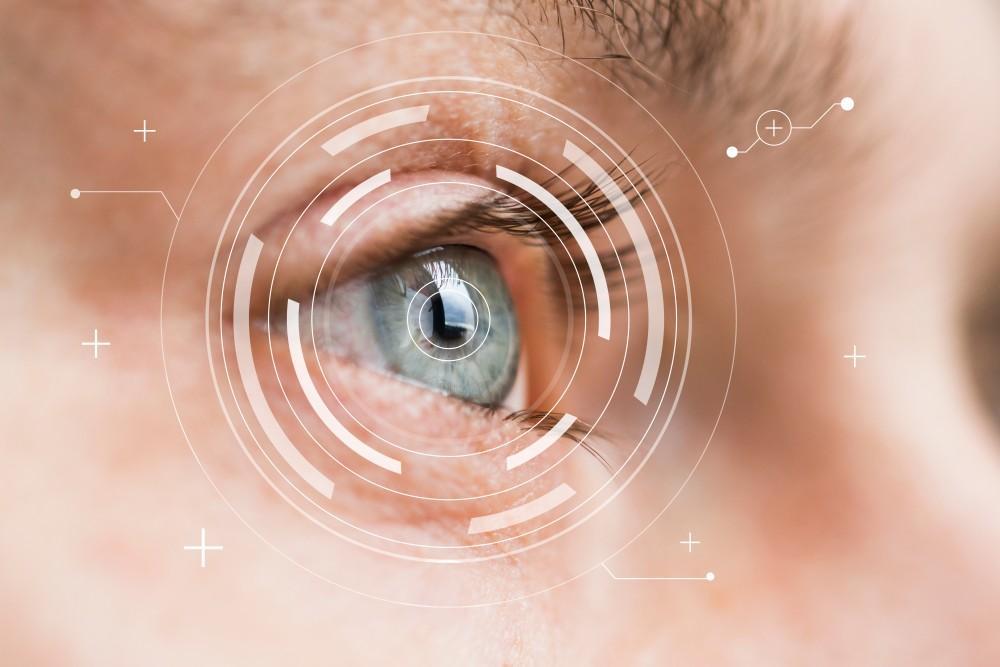
Will I Still Need Glasses after LASIK Surgery?

Since its introduction in 1999, LASIK surgery has helped more than 10 million people in the United States improve their vision. With success rates that range between 90% and 99%, LASIK is incredibly effective and, for most, it eliminates the need for corrective lenses, at least in the foreseeable future.
At our practice, Dr. Stephen Khachikian has experienced the same success rates with his clients over the years, helping them to see more clearly through refractive surgeries, including LASIK surgery.
If your goal is to ditch the glasses (or contact lenses) by undergoing LASIK surgery, the odds are good that we can help you achieve this, but there are a few points to consider.
LASIK — successful overall
We’ve been discussing success rates that are between 90% and 99% and we want to break these numbers down a little. The 90% success rate references achieving 20/20 vision or better. When we say 20/20, this number means that you can successfully read an eye chart at 20 feet without relying on vision correction.
The 99% success rate refers to a vision improvement of 20/40 or better, which means that you can see the chart at 20 feet that people who don’t need correction can see at 40 feet. In other words, 20/40 may mean that you are still slightly nearsighted.
Points to consider
When we perform LASIK, we reshape your cornea so that we improve the refraction of light through your eye so that it lands on your retina instead of in front of or behind it.
Through LASIK, we can correct the three major refractive errors:
- Myopia, or nearsightedness
- Hyperopia, or farsightedness
- Astigmatism, which is an abnormal curve in your cornea
While LASIK enjoys a very high success rate in these three areas, it does have its limits. For example, if you have a refractive error that impacts your vision, we’re able to correct this error, but we can’t address presbyopia, which is age-related farsightedness. This condition occurs when your lenses succumb to the aging process and usually starts to develop between the ages of 40 and 50. Presbyopia also gets progressively worse as you get older, forcing you to wear “readers.”
As well, you may develop residual astigmatism after your LASIK surgery, which means your cornea didn’t reshape properly.
Another problem may be severe myopia in which the curvature of your cornea is too severe for LASIK alone. While we can greatly improve your nearsightedness, you may still have some issues viewing things at a distance afterward.
The bottom line is that LASIK surgery is a fantastic option that enjoys a very high success rate, allowing most people to regain great vision for years. To say that the procedure will definitely eliminate your need for corrective lenses, however, is impossible as problems can crop up and age can certainly take its toll on your eyes.
If you’d like to learn more about what LASIK can do to improve your vision, please contact our office in Rapid City, South Dakota, to schedule a consultation.
You Might Also Enjoy...


I’m Not a LASIK Candidate. What About PRK?

Telltale Signs Your Eye Problem Is a Cornea Issue

Why Are Cataracts Common In Seniors?

Can You Prevent Keratoconus From Getting Worse?


